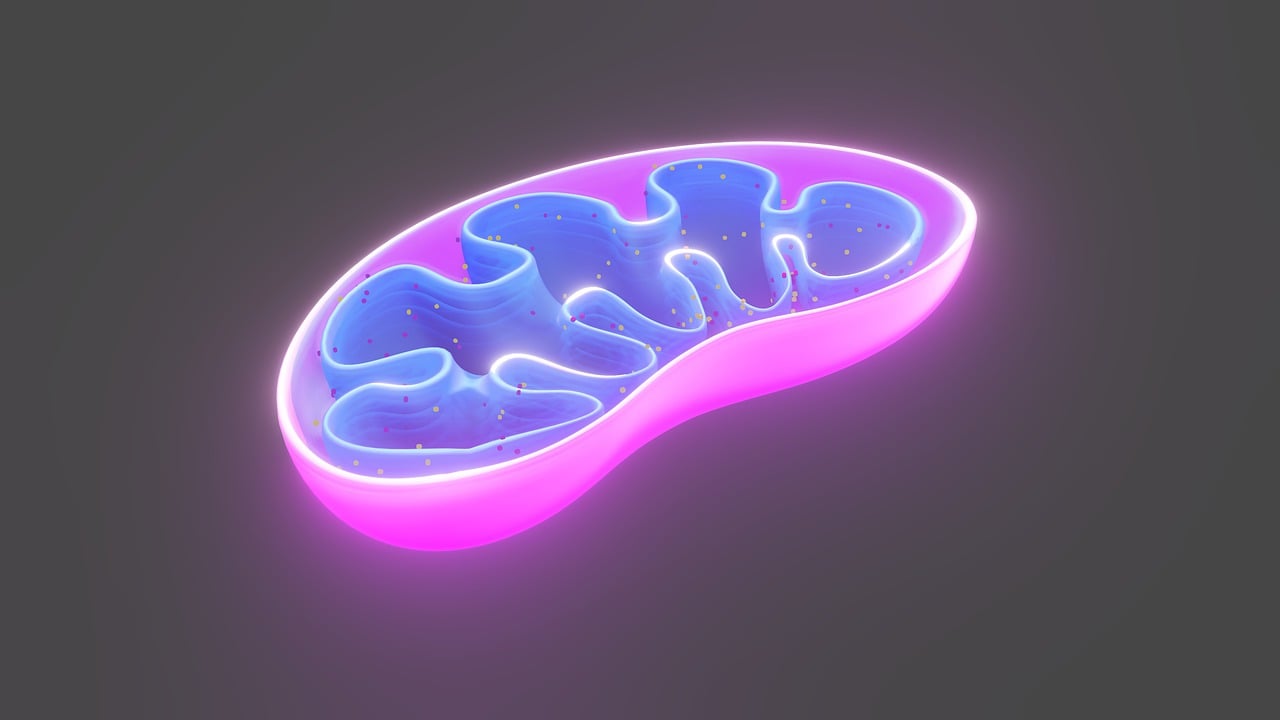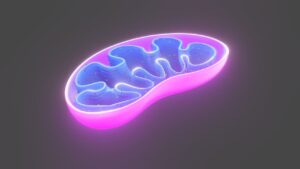Why is mitochondrial nutrients important
Why is it important for dietitians to understand the new research on the mitochondria?
Nutrition and mitochondria go hand in hand! Everything you eat will be metabolized by the mitochondria. Every glucose molecule and protein molecule can be oxidized by the enzymes in the mitochondria’s TCA cycle. There are more to mitochondrial nutrients than we thought! The mitochondria has always been known as the body’s powerhouse, because it is the organelle where energy is made in the form of ATP. This is still true, but there has been a extra wealth of information discovered in the past two years. The sleep hormone, better known as melatonin, is related to the revival and synthesis of mitochondria. Melatonin, when supplemented in research studies, shows an increase in synthesis of mitochondria in muscle cells. But there is even more to the mitochondrial nutrients than melatonin and the regular B-vitamin that provides coenzymes for the functioning of the TCA cycle. Mitochondrial metabolism is involved the role of its enzymes in acute care, in exercise and aging as a dysregulation of its life cycle. Learn more about how mitochondria and nutrition interact in an easy to read book and complete an online quiz to get your CEUs.
Mitochondria in acute care
Remember your first patient in the ICU with high lactic acidosis? This occurred because of the lack of oxygen available to enter muscle cells during sepsis. As a result, pyruvate keeps forming the cytosol from anaerobic glycolysis. A buildup of pyruvate causes the formation of lactic acidosis. This is all workings of the mitochondria. That is why a low feeding is recommended for highly septic patients within the first 24 hours of admission. Well now that you have reviewed your biochem course in one paragraph, you can see why it is so important to understand the working of the mitochondria.
Mitochondria in exercise
Exercise is directly related to the synthesis of the mitochondria. Researchers looking at muscle cells of individuals who do not exercise frequently and those who do exercise frequently, regardless of their age, has clear data to show the effect on the mitochondrial number and function. The more exercise a person does, the more mitochondria the muscle will create. As more mitochondria is made, more older mitochondria and killed off and removed from the cell. With the removal of more older and dysfunctional mitochondria from the cell, the more the physiology of the person improves, more energy is generated and feeling of livelihood and energy is experienced. We can say, the person feels “younger”. Now we knew for years already that exercise is a critical part of longevity, but now we understand the reason!
Mitochondria and regulation of aging
Why do people become old, sick and lethargic at the same time? Older geriatric folks are always out of energy and they are so much more at risk of becoming sick. The research shows that aging white blood cells have a lower capacity to create ATP, and that this decreased ATP synthesis causes them white blood cells to move slower and be less effective in boosting the immune system. But what about fatigue? New research shows that cells of older people compared to those of younger people actually differ in the amount of healthy mitochondria. Older people’s muscle cells contain less functional mitochondria and older mitochondria that should have died off and removed from the cell. Researchers are still puzzled as to the inability of older cells to remove old mitochondria. Researchers are finding that when the old mitochondria are not removed from the cell, the physiology of the tissue and the body becomes less effective. Mitophagy, or death of a mitochondria, is is key process in an aging human that cannot be monitored by the cell anymore. Tis is a key topic of research.
What does this all mean for dietitians seeing clients?
It is clear from this discussion that mitochondria affects nutrient metabolism, exercise, aging, neurological disease, and energy level. When a dietitian does consulting in an outpatient setting, there might be symptoms that show up in an elderly client including fatigue, progressing Alzheimer’s, ability to exercise, and ability to metabolize food in a meal plan. consulting RDs might want to stop for a second and think about what is going on at a deeper cellular level with the mitochondria. Patients will appreciate the extra layer of information and insight offered. Remember also that nutrition interacts with our genes all the time, and the nutrients interact with the mitochondrial genes as well. RDs can complete an online quiz to the get CEUs to learn more about how nutrition interacts with our genes and contributes to the regulation of our metabolism.
What does this mean for a dietitian seeing a patient in the hospital?
In an acute clinical setting, nutrient metabolism will be affected because patients will not tolerate tube feedings and have an increased risk of mortality. this is happening as a result of the mitochondria. Remember that a septic patient has a lower oxygen transportation to their muscles. Remember that the TCA cycle works only when oxygen is present. So when a patient is on a ventilator and not tolerating feeding well, remember that there is a connection with the mitochondria. To understand the interaction between nutrition and the mitochondria, you can complete CEUs by doing an online quiz.
Should dietitians receive more education in university about cellular biology, mitochondria and DNA?
Even though dietitians’ university education does not focus on cellular organelles as a primary focus, the courses should be altered to reflect the current research. The new research on the mitochondria will shed insight on future focus of nutrition courses. To promote the importance and relevance of the dietetics career as a respected field in healthcare, ancillary to medicine and biotechnology, university courses should expand to include topics such as mitochondria and genes. You can listen to the recording here.






